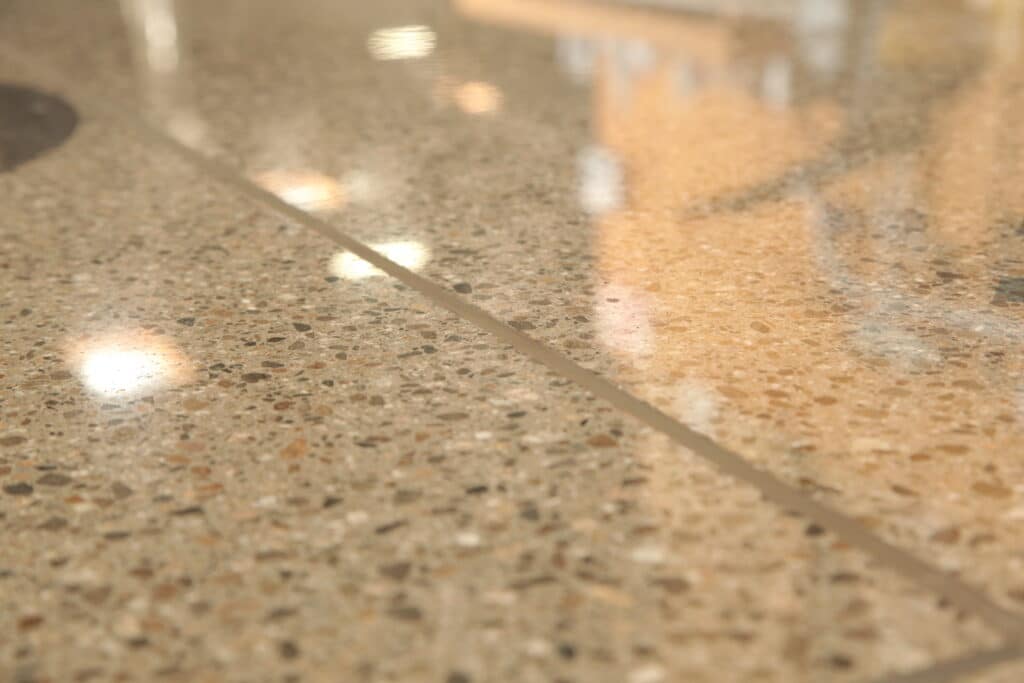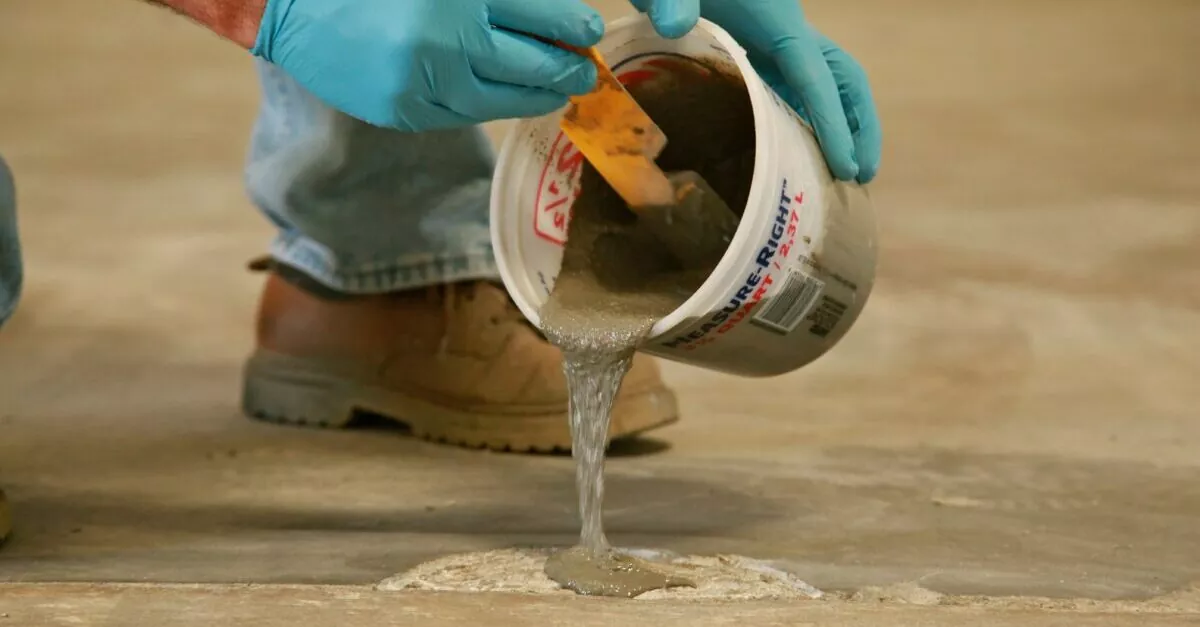Concrete Crack Repair – Concrete Repair
Cracking of concrete is natural, expected, and accepted. However, cracks may affect performance and maintenance costs. For these reasons, building owners want cracks in interior and exterior slabs repaired.
Before choosing a crack repair option, concrete contractors should perform a crack evaluation and establish the repair objectives. DUOMIT prides itself on its concrete crack repair procedure for businesses in the Greater New York area.
We have completed a significant amount of concrete expansion joint repair in industrial and commercial facilities. Our professional team can repair all control joints, hairline cracks, construction joints, and concrete slabs. We have a wide array of patching materials available for floors and walls. Repairing cracks in concrete has never been easier.
DUOMIT uses only the best-proven concrete crack fillers in the industry for repairing concrete slabs. This is why we offer the most extended repair guarantees when using it in polishing processes. DUOMIT analyzes the cracks and provides the best recommendation for each job’s repair.
Concrete Crack Filler
In fact, the joint spacing filling fills the shrinkage, construction, and isolation joints. Most joints on an industrial floor consist of shrinkage, construction, and isolation in that order.
The continued integrity of the floor requires frequent replacement of the concrete expansion joint filler. The joint filling serves two purposes: protection and support for proper expansion and contraction.
Furthermore, protection is for the joint’s leading edge when subjected to perpendicular hard-tire impact from forklift use. Support is provided by inserting a backer rod and priming with water-based epoxy.

Using a special caulking gun, we distribute self-leveling sealant to a full depth within the joint, providing a closed-cell seal. Thereby transferring the load momentarily to the shelf formed by the joint itself.
Lastly, a joint that does not fill or fills improperly will cause a vast array of operational difficulties within a facility. Contrary to industry and property owner beliefs, a joint filing is not a once-and-done installation.
Due to high loadings, expansion, and contraction, concrete joint filler application is necessary every 3rd year. The installer should maintain the joint throughout the facility’s service life.
Finally, the first application needs to be delayed as long as possible after the initial placement and finish. Moreover, the second maintenance installation should be performed approximately 2-3 years after the desired joint fill material’s initial finish.
Key Takeaways
- Concrete cracking is normal but requires repair to maintain performance and reduce costs.
- DUOMIT specializes in concrete crack repair, using top-quality fillers and offering extended repair guarantees.
- Concrete contractors must evaluate cracks and determine repair objectives before proceeding with any solutions.
- Proper maintenance and timely reapplication of concrete crack filler are essential for longevity and stability.
- Joint filling in concrete flooring needs regular attention every 2-3 years to avoid operational challenges.
